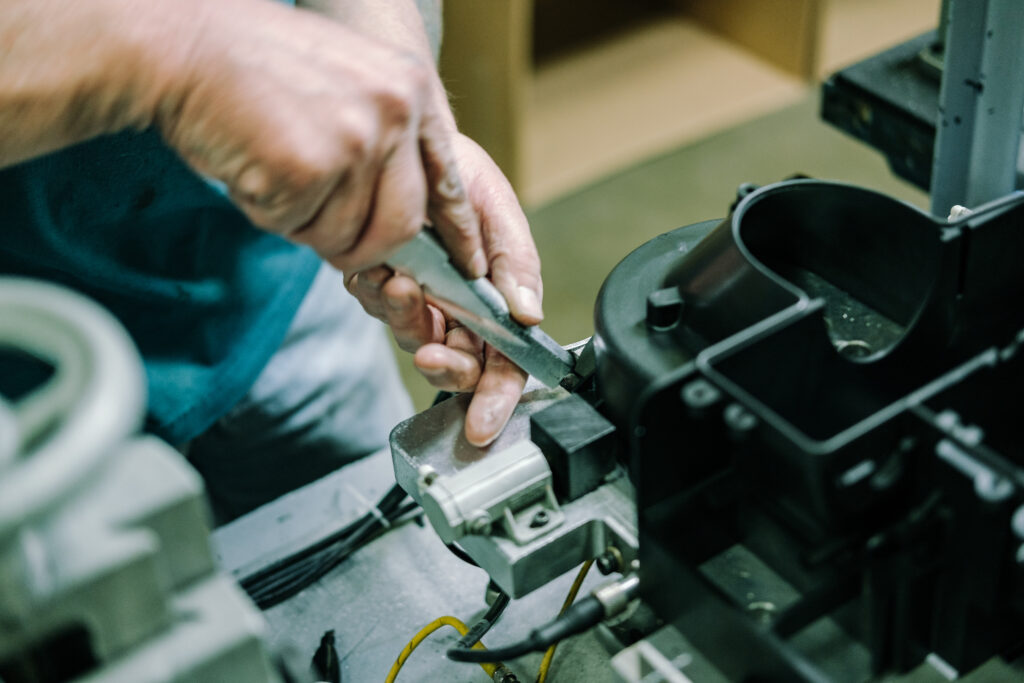
Using CAD – Accuracy, Precision, & Tolerance
Computer Aided Design (CAD) software is now the most common, default tool for drawing perfectly rendered products on a computer screen. Once perfected, the design and specifications are given to the manufacturer to produce.
However, a word of caution for those with high standards of perfection: not everything can be made as easily as it is designed.
Software is capable of drawing dimensions that are far more accurate and exacting than can be achieved by man-made machines and tools. Designs need to leave room for tolerance – which we will discuss a bit later.
First, we need to explain what we mean by words like accuracy and precision when we’re talking about how parts are made and how close they come to the ideal generated on the computer.
Learn the Terminology
Having a deeper understanding of quality control terminology will help your designs go from the software’s design to the factory floor quickly, easily, and with better results.

Accuracy
Accuracy is the degree to which a measurement or movement in space conforms to a systematic standard or one of its derivatives. This is typically the millimeter or micron for metric measurements, according to the standard measurement of a meter.
For example, when a machine tool is touted as being highly accurate, this means that a machine will cut as close to the desired goal as possible. If the machine is designed to cut to 50mm, the more accurate it is, the closer it will get to exactly 50mm, with no margin of error.
It’s important to note that more accurate is not necessarily better for many applications. Being unnecessarily exact and achieving ever-increasing greater degrees of accuracy costs time and money for diminishing returns. In addition, getting high accuracy in one area of a design often requires sacrificing accuracy elsewhere. Not to worry though, modern CNC cutting tools are reliably accurate for the vast majority of projects.
Precision
For CAD software, it’s safe to assume that design drawings are 100% precise, and they will reliably repeat any design feature with perfect fidelity as many times as you wish.
In real-world applciation, precision for a machine or process is the ability to repeat an action the same way every time with no introduced or random error. Precise machining is a testament to controlling the process with extremely little deviation. This is often confused with accuracy and indeed the two terms are casually used interchangeably.
However, Precision Often Equals Repeatability.
Ultimately, precision is in the hands of the manufacturer, rather than than in the software, and this is really the performance you’re looking for. It’s precision that ensures your product is repeatable, which is one of the essential features of quality control and testing.
Now, how do we measure precision? By specifying tolerance.

Tolerance
All machine tools will have a degree of free play or vibration in them, i.e. an acceptable margin of error. The tolerance specifies the deviation away from the desired value, expressed as a +/- number. If we have a machine that claims a tolerance of “+/- .75 mm”, this means the tool will potentially result in a deviation of one millimeter with every cut or pass.
This deviation is usually needed to some degree; you don’t want parts to fit together too tightly This would mean they are immovable, or impossible to assemble. Additionally, different metals and plastics expand and contract with temperature and moisture, so good design means allowing for this natural movement.
TURNKEY WITH K&B
K&B Molded Products, an injecting molding turnkey services company with over 50 years of experience, has a team of experts who will work closely with you, from idea to delivery, to ensure your products are of the highest quality possible.
To learn more about how a turnkey manufacturer can assist in the injection molding process, download our eBook, “Benefits of Using a Turnkey Manufacturer,” for free today.




